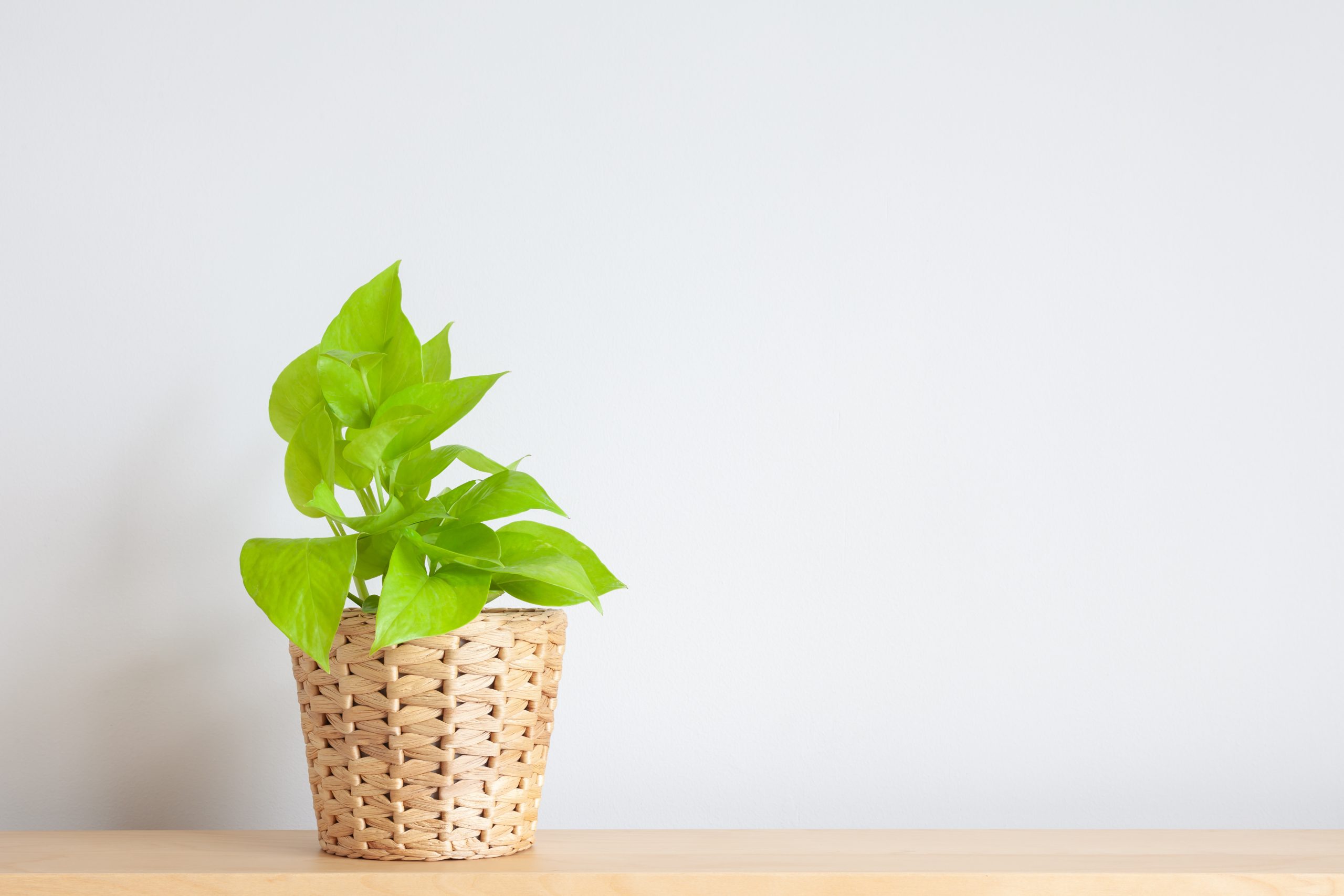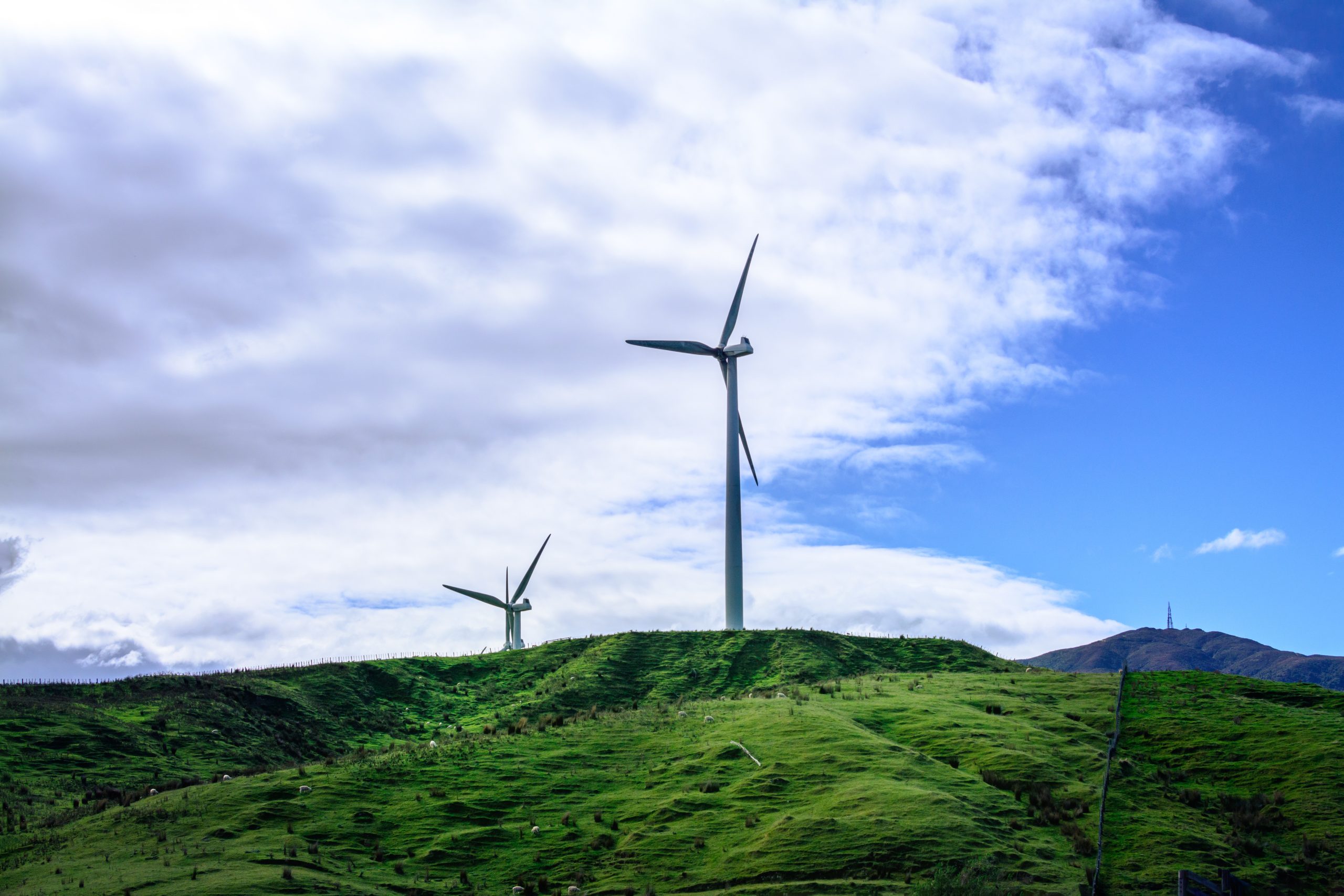Thanks to advances in infrared photography, scientists are just beginning to learn about the significance and history of the age-old human practice of ornamenting ourselves with ink. These discoveries are allowing modern-day communities to recover aspects of their Indigenous cultures that have been wiped out by the efforts of missionaries and colonists to “civilize” the Indigenous by banning tattooing in all but the most remote tribes.
Take Maya Sialuk Jacobsen from Greenland; she had been working as a Western-style tattooist for a decade before realizing that tattooing ran in her blood—it turns out that her Inuit ancestors had also been tattooists, centuries ago.
Back in the 1970s, 500-year-old bodies preserved by the Arctic climate near Qilakitsoq, an abandoned Inuit settlement in northwest Greenland, were found by chance by some hunters. Photographing the mummies with infrared film revealed that, astonishingly, five of the six females had fine lines, dots, and arches delicately tattooed on their faces.
For thousands of years, Inuit and other Indigenous cultures have used tattoos to honor their families and communities, represent coming-of-age rituals, symbolize spiritual beliefs, and connect themselves to higher powers while giving birth or hunting.
Now, Sialuk Jacobsen can use historical documents, artifacts, and the Qilakitsoq mummies, many of which are on display at the Greenland National Museum, to connect her contemporary work with her ancestry, and allow others with Inuit ancestors to reclaim their culture.
Informed by her research on traditional Inuit tattoo designs, she hand-pokes or stitches patterns onto the faces and bodies of Inuit women (and sometimes men). “I take great pride in tattooing a woman,” she says. “When she meets her foremothers in the next world, it will be like looking in a mirror.”
Western archaeologists, hindered by Eurocentric mindsets, had for years miscataloged tools made for tapping, poking, stitching, or cutting human skin as sewing needles or awls. Even tattooed mummies were often misjudged.
However, with the help of scientists and historians who examine preserved tattoos and artifacts, many other Indigenous tattooists across the globe are working to uncover the significance of tattooing in their ancient cultures, and are using it to connect Indigenous descendants, torn apart by diaspora and cultural genocide, to their ancestral traditions.
The scientific study of tattooed mummies also informs the work of Elle Festin, a Californian tattooist of Filipino heritage and co-founder of Mark of the Four Waves, a global community of Filipino diaspora brought together through tattooing. To reconnect Filipinos living outside of the Philippines to their homeland, Festin has spent more than two decades studying Filipino tribal tattoos, including the “fire mummies” from the Ibaloi and Kankenaey tribes whose intricately inked tattooed bodies were preserved by slow-burning fire.
Serious investigation of tattooed mummies has only just begun, and the pioneers in this field are motivated to continue their work of unearthing cultures that have been obscured by colonization and assimilation. For descendants of these Indigenous peoples, this work is healing and empowers community bonds for the future.
Source Image: Paul Atwood/The New York Times












